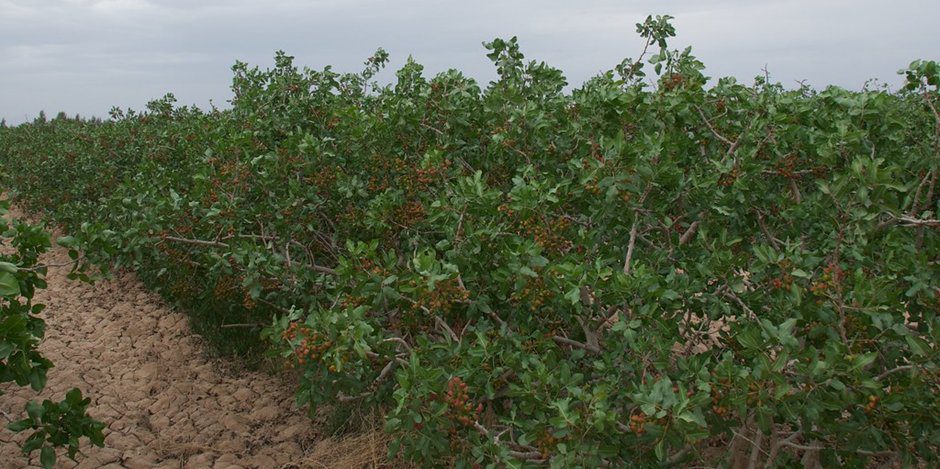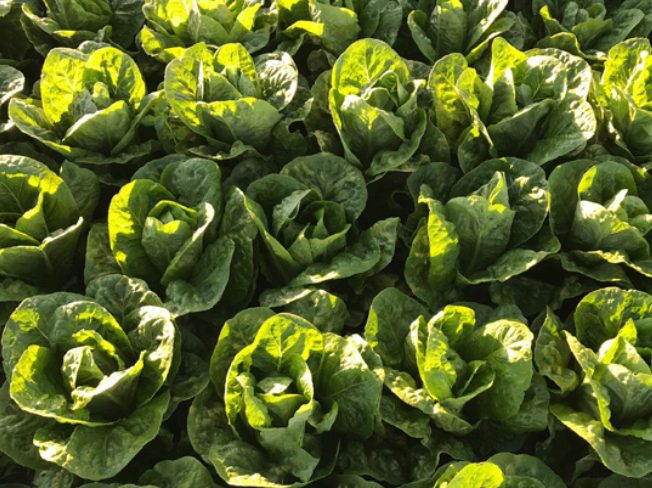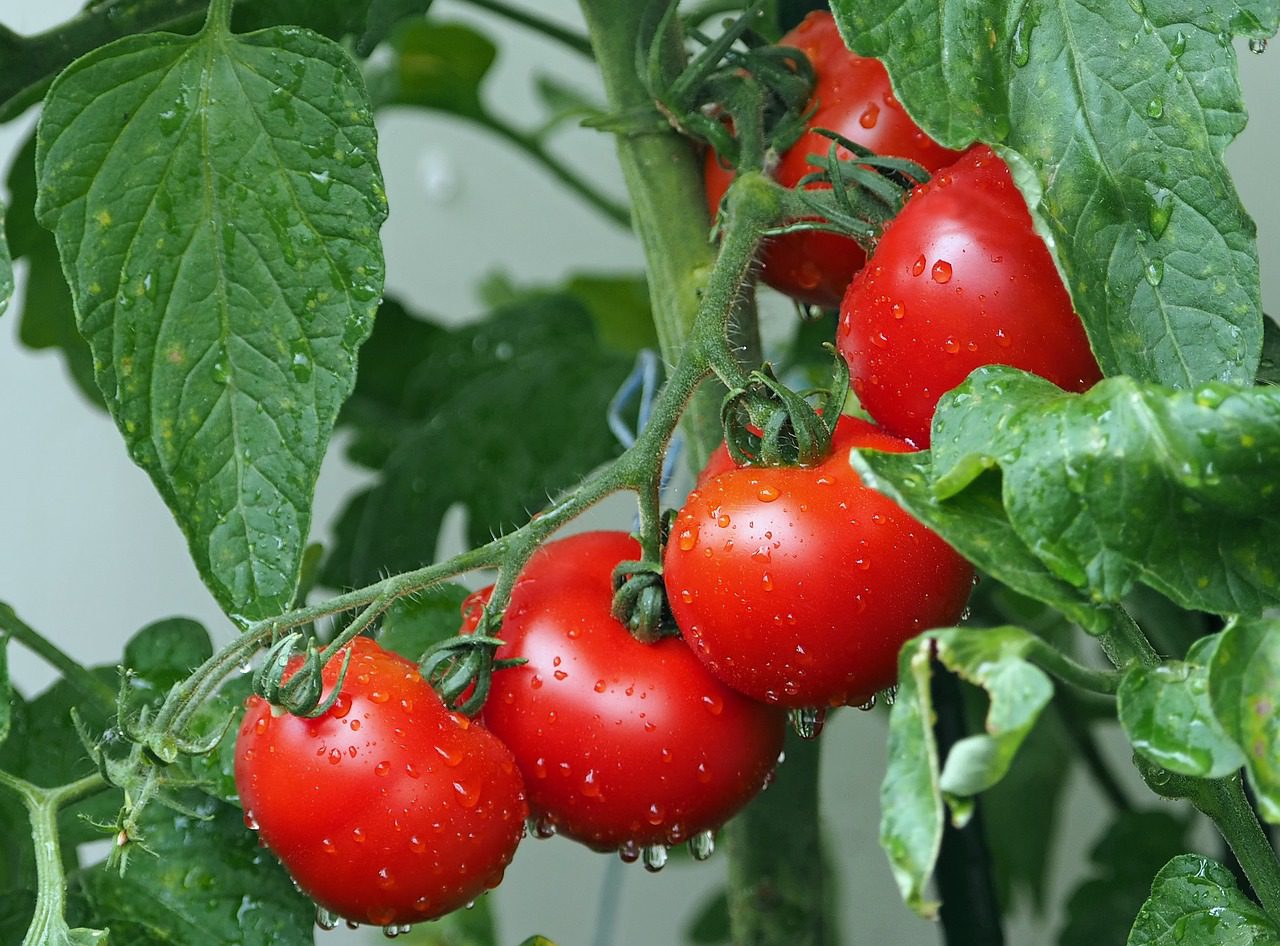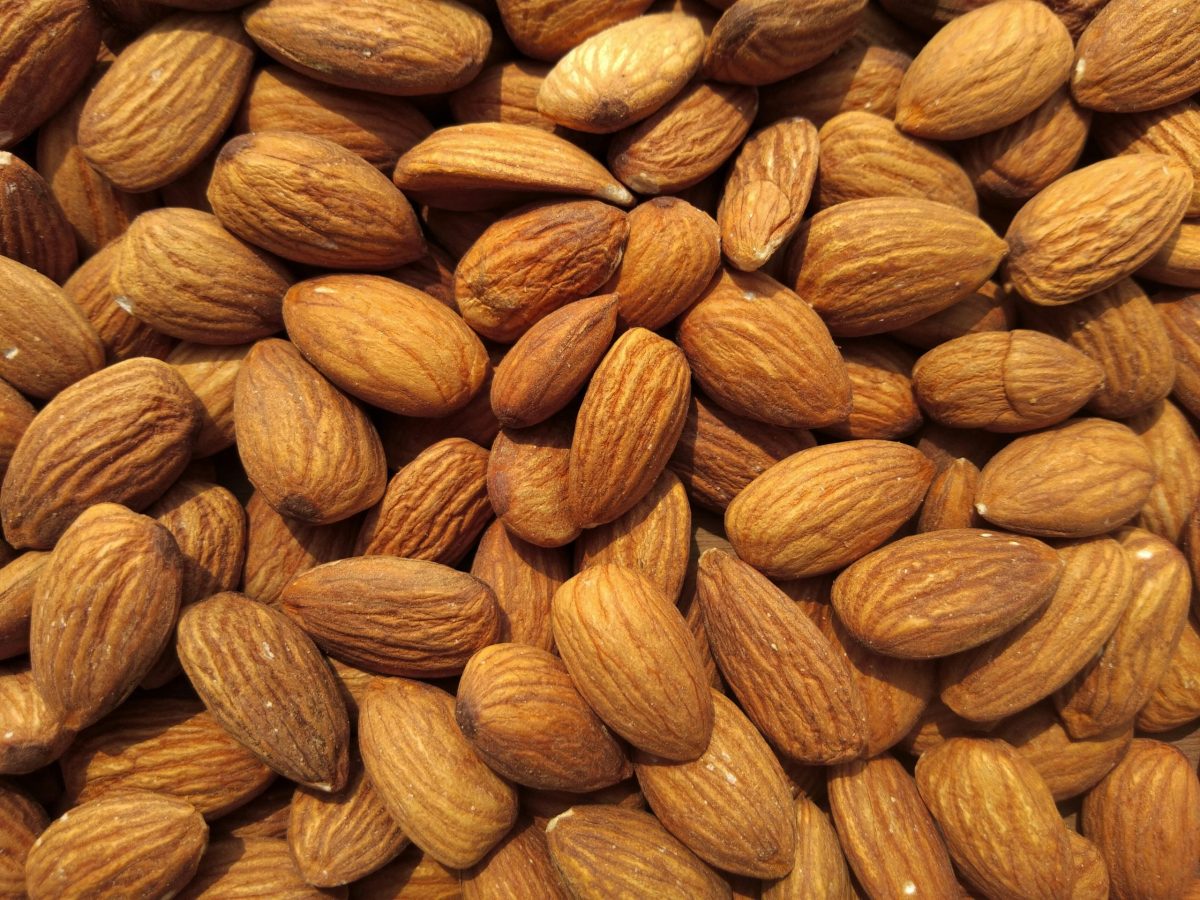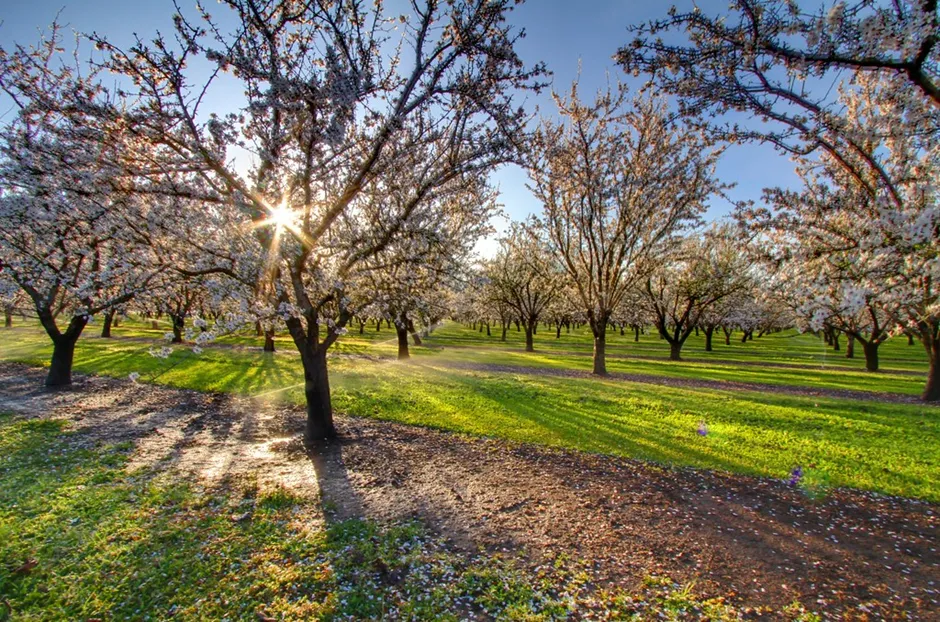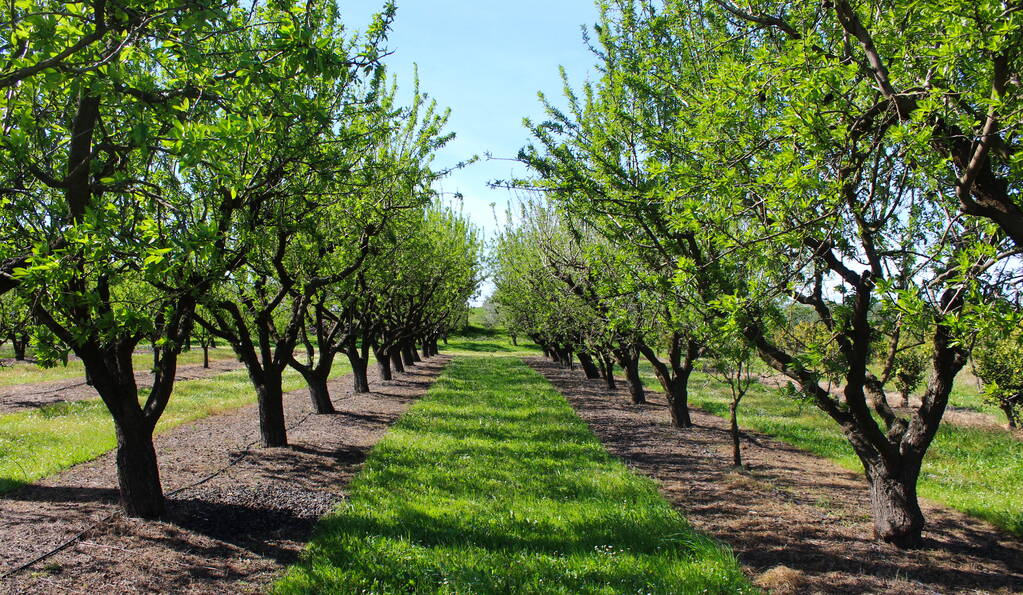Benefits of Optimum Moisture Content: A Comprehensive Analysis for Almond Trees
Managing Challenges Unique to Almond Trees
Almond trees (Prunus dulcis) present distinct challenges that require precise water management strategies. The cultivation of almond trees is susceptible to a range of environmental factors, including water stress, waterlogging, and associated microbial threats. Optimal moisture content plays a pivotal role in mitigating these challenges and ensuring the health and productivity of almond orchards.
Hull Rot: A Waterlogging-Related Threat
Hull rot (caused by the fungus Rhizopus stolonifer) is a prevalent concern in almond orchards, particularly in waterlogged conditions. This destructive pathogen thrives in environments with excess moisture, such as waterlogged soils. Hull rot affects almond fruits by causing rapid decay and rendering them unmarketable. The disease progresses swiftly, posing a considerable risk to almond yield and quality. The prevention of waterlogging is, therefore, a critical factor in averting hull rot outbreaks
Waterlogged Conditions and Specific Fungal and Bacterial Pathogens
Waterlogged soils create an ideal habitat for a range of fungal and bacterial pathogens that can devastate almond trees. Notably, Phytophthora spp. fungi, including Phytophthora cinnamomi, thrive in saturated soils and attack the root system, leading to root rot and reduced nutrient uptake. Additionally, waterlogged conditions encourage the growth of anaerobic bacteria that contribute to crown gall disease, impacting the tree's vascular tissues.
RDI Growstream's Role in Almond Tree Resilience
RDI Growstream Technology offers a game-changing solution in combating waterlogging-related challenges for almond trees. By precisely delivering water based on the plant's exudate signals, the technology minimizes the risk of waterlogging and creates an environment that is inhospitable to pathogenic microorganisms. This proactive approach significantly reduces the likelihood of hull rot outbreaks and the proliferation of waterlogged-condition-specific pathogens. Almond trees managed with RDI Growstream exhibit enhanced resistance to fungal and bacterial infections, contributing to improved orchard health and productivity.
Summary: Benefits of Optimum Moisture Content for Almond Trees
The significance of maintaining optimum moisture content for almond trees (Prunus dulcis) cannot be overstated. Almond cultivation faces unique challenges, including water stress, waterlogging, and associated microbial threats. Hull rot, caused by the waterlogging-favoring fungus Rhizopus and Mucor genera which pose a grave risk to almond yields. Waterlogged conditions also invite the growth of destructive pathogens like Phytophthora spp. fungi and anaerobic bacteria, compromising root health and vascular tissues.
Enter RDI Growstream Technology, a transformative solution. Its water delivery synchronized with exudate signals minimizes waterlogging risks, creating an unfavorable environment for pathogens. By substantially reducing the likelihood of hull rot outbreaks and curtailing the spread of waterlogged-condition-specific pathogens, RDI Growstream reinforces almond tree resilience. The technology fortifies trees against fungal and bacterial infections, elevating orchard health and productivity to new heights. With RDI Growstream, almond trees thrive in a protective and water-efficient embrace.
Comparison with Conventional Irrigation Systems: Implications for Waterlogging and Soil Moisture
Almond orchards have historically employed various irrigation systems, each with its advantages and limitations. Understanding how different irrigation methods impact soil moisture levels and correlate to waterlogging, dry soils, and overall plant health is essential for effective water management.
Surface Sprinkler Irrigation
Surface sprinkler irrigation involves distributing water over the orchard using sprinklers, simulating natural rainfall. While this method is convenient and covers a large area, it is prone to water wastage through evaporation and runoff. Excessive water application can lead to waterlogging in certain areas, creating conditions favorable for fungal and bacterial pathogens. Additionally, uneven distribution may result in overhydration in some parts of the orchard and insufficient moisture in others.
Standard Drip Irrigation
Standard drip irrigation is a more targeted approach that delivers water directly to the root zone of plants. While this method reduces water wastage compared to surface sprinklers, it still requires careful monitoring to prevent overwatering or underwatering. Overwatering can lead to waterlogging and encourage the growth of waterlogged-condition-specific pathogens. Underwatering can result in dry soil conditions that stress the plants and negatively impact yield.
Correlation to Soil Moisture Levels and Waterlogging
Both surface sprinkler and standard drip irrigation systems can contribute to fluctuating soil moisture levels and periods of waterlogging or dry soil conditions. In contrast, RDI Growstream Technology offers a unique advantage by delivering water only in response to the plant's exudate signals, maintaining precise moisture content around the root structures. This targeted approach minimizes the risk of waterlogging while preventing periods of dry soil that stress the plant.
Summary: Comparison with Conventional Irrigation Systems and RDI Growstream
Almond orchards have traditionally relied on diverse irrigation systems, each with distinct benefits and drawbacks. Evaluating their impact on soil moisture levels, waterlogging, and overall plant health is crucial for effective water management.
Surface sprinkler irrigation, although convenient, is prone to water wastage and uneven distribution, potentially leading to waterlogging and uneven moisture content. Standard drip irrigation is more efficient but requires careful monitoring to avoid waterlogging or dry soil.
In contrast, RDI Growstream Technology stands out by delivering water precisely in response to plant signals, maintaining optimal moisture around root structures. Unlike other systems, it sidesteps the risk of waterlogging and dry soil conditions, ensuring consistent plant health and minimizing stress. As almond orchards explore irrigation methods, RDI Growstream emerges as a water-efficient and targeted solution to maximize yield and minimize risk.
Negative Aspects of Conventional Systems Compared to RDI Growstream
Water Wastage
Conventional systems may lead to water wastage through evaporation, runoff, and uneven distribution. RDI Growstream minimizes wastage by delivering water directly to the root zone.
Risk of Waterlogging
Surface sprinkler and standard drip systems can increase the risk of waterlogging, fostering pathogenic growth. RDI Growstream's tailored approach avoids overhydration and waterlogging.
Stress and Inefficiency
Conventional systems can lead to plant stress due to inconsistent moisture levels. RDI Growstream optimizes plant health by maintaining an ideal moisture balance.
Summary: Negative Aspects of Conventional Systems and RDI Growstream
Conventional irrigation systems present several drawbacks, including water wastage, increased risk of waterlogging, and plant stress. Water loss through evaporation and uneven distribution are common in conventional methods, while waterlogging from surface sprinkler and standard drip systems can promote pathogenic growth. These systems may result in inconsistent moisture levels, stressing plants and reducing efficiency.
RDI Growstream Technology offers a transformative solution by directly delivering water to the root zone, minimizing wastage and the risk of waterlogging. Its tailored approach ensures optimal moisture balance, enhancing plant health and productivity. In comparison to conventional systems, RDI Growstream emerges as an innovative and efficient irrigation solution for sustainable almond orchard management.
Conclusion
In the realm of modern agricultural practices, the effective management of water resources stands as a paramount concern. The delicate interplay between plant physiology and irrigation technology has paved the way for innovative solutions that harmonize with nature's intricate mechanisms. This report has delved into the fundamental aspects of water use in plants, unveiling the intricate dance of water uptake, transpiration, and stomatal regulation that underpins their growth and vitality.
Central to this discourse is the revolutionary RDI Growstream Technology, a pioneering irrigation system that transcends traditional paradigms. Unlike conventional methods that rely on preset schedules and calculations, Growstream orchestrates an elegant symphony with the plant itself. By interpreting the plant's exudate signals, this technology ushers in a new era of on-demand irrigation. The implications are profound: optimal moisture content is achieved around the root structures, reflecting the plant's unique requirements in real-time. Gone are the days of wasteful evaporation, leeching, and runoff; Growstream ensures that water is released with precision, nurturing plants with exactitude.
The synthesis of plant physiology and irrigation technology unveils a tapestry of benefits. By minimizing water stress through personalized water delivery, Growstream invigorates plant health, stimulating vigorous root growth and efficient nutrient uptake. This results in heightened photosynthetic activity and overall growth, amplifying resilience to environmental challenges and elevating crop yields. The unique ability of Growstream to avert waterlogging-related threats, such as hull rot and the proliferation of pathogenic microorganisms, contributes to the sustained prosperity of almond orchards.
Comparative analysis elucidates the limitations of conventional irrigation systems, where water wastage, waterlogging risks, and plant stress are ever-present concerns. In stark contrast, Growstream's finesse lies in its tailored approach, conserving water, and optimizing moisture content to achieve the pinnacle of plant well-being.
The journey embarked upon in this report uncovers a symphony of science, innovation, and ecological harmony. RDI Growstream Technology stands as a testament to human ingenuity's harmonious coexistence with nature's brilliance. As we navigate the challenges of a changing world, this groundbreaking technology ushers us toward a future where every droplet of water and every whisper of a leaf are orchestrated in perfect harmony, yielding bountiful harvests and thriving ecosystems.

